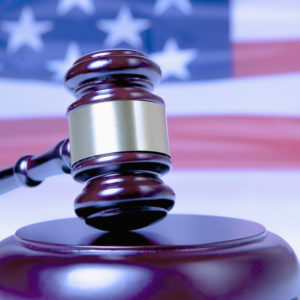
One thing I had meant to do in connection with that argument was create some illustrations that are based, broadly speaking, on Lessig’s arguments and a diagram that he created. Well, I think pictures are useful, so here they are:
The Regulated Market Approach
This is basically the way we control prescription and over-the-counter drugs and legal recreational drugs like alcohol and tobacco, which are represented by the gray dot in the middle. Criminal justice plays a role in the system — as in, for example, the criminal sanctions that were recently levied against Purdue Pharma for misrepresenting the risks of Oxycontin — but it’s not the main engine for control. For the most part, the less coercive forces of the market, of drug design, and of civil regulation do the work. It’s a nice way to control behavior because it relies more on channeling commerce toward goals we consider productive than on imposing sanctions for behavior with which we disagree, and as a result it’s a lot less expensive and creates far fewer collateral impacts on society than the alternative, which is of course …
The Criminal Justice Model
The criminal justice model is the way we attempt and for the most part fail to control drugs like marijuana, cocaine and heroin. It’s also the way America attempted and failed to control alcohol before the repeal of the 18th Amendment in 1933. There’s almost no civil regulation in this model because drug dealers are criminalized, so they hide their activity and avoid all regulation as a way of avoiding harsh criminal sanctions. There’s virtually no control over drug design because, again, drug dealers are hidden in the shadows. Whether they produce pure and responsibly packaged products or they pawn off rat poison as heroin is entirely up to them, and we have almost no control over it. We can’t sue illegal drug dealers, we can’t tax them (unless we can catch them), and we can’t exert any meaningful control over the way they conduct their business.
When the two models are laid out this way, it’s easier to see what’s really going on in “the war on drugs”: it’s a war between the might of our criminal justice system and the considerably more powerful forces of the illicit drug market. The really striking thing, from my point of view, is how much control welose in this model because we give up the robust and sophisticated forms of control that can be imposed through civil regulation and drug design — the very forces that we count on to keep us safe and healthy when it comes to over-the-counter and prescription drugs. All we can do is arrest and imprison, arrest and imprison, over and over and over again.
These diagrams are just simple pictures cobbled together on Microsoft Word, but I think they illustrate a challenging question. Why are we still attempting to control drugs with prisons, courts and police officers in the face of overwhelming evidence that prisons, courts and police officers have a very difficult time doing this job? Criminal justice is only one of the tools at our disposal, and not the most effective one by any stretch of the imagination.
The alternative to drug prohibition is not a free-for-all: it’s the comparative safety, predictability and accountability that comes with a regulated market.